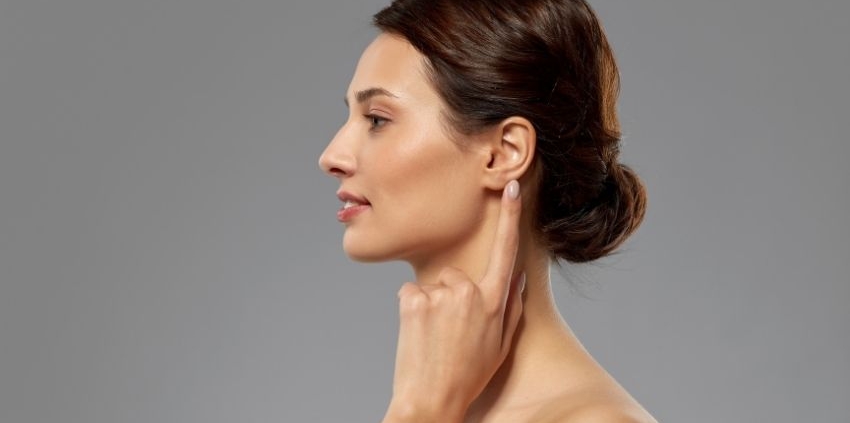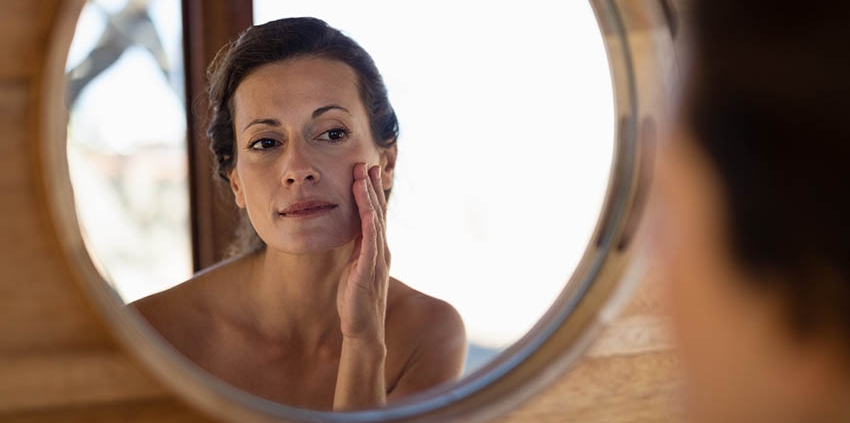Brow lifts are quickly becoming one of the most popular cosmetic treatments. Helping to solve both cosmetic and functional issues, this innovative procedure is simple yet effective.
There are lots of great benefits associated with a brow lift. Below, we will look at some of the best benefits you can expect when you undergo this procedure.
What are the benefits of a brow lift?
The goal of a brow lift is to help create a more youthful appearance. It does this in a number of ways including:
Opening the eye area – A brow lift can really open the eye area, leading to a bright-eyed look. This is great for those who frequently look tired due to droopy brows. Not only does opening up the area make you look more awake, but it also makes you look happier too. This makes you appear more approachable.
Smoothing out wrinkles on the forehead – The procedure can also help to smooth out the wrinkles on the forehead. It will smoothen out mild to moderate wrinkles, helping you to look much younger.
Reducing crow’s feet wrinkles – After undergoing an eye lift, you will also see that crow’s feet around the eyes will be greatly reduced or eliminated completely. This can make a huge difference to your appearance.
Repositioning the brow line – In many cases, the brow line is repositioned. Placing the brow in an elevated position helps to pull up and gently stretch the skin for a more youthful look.
Removing excess skin – If you have excess skin around the eyes, it can create a droopy effect. A brow lift can include removing excess skin, ensuring the patient is left with a smoother, brighter look.
These are just some of the benefits you can expect when you undergo a brow lift. The procedure provides long-lasting results too. When you compare it against non-surgical methods such as Botox and fillers, you’ll see the results last way longer. You’ll also save money in the long term as non-surgical procedures typically need to be repeated every six months.
Combining a brow lift with other procedures
If you are looking to undergo a significant transformation, you may wish to combine a brow lift with another procedure. For example, many patients tend to undergo a brow lift, alongside an eyelid lift.
With an eyelid lift, excess fat and skin is removed from the eyelids. They are also lifted to provide a youthful appearance. When you combine it with a brow lift, you’ll see drastic improvements that can make you look up to 10 years younger.
You can speak to the surgeon to see which treatments work well alongside a brow lift. At your consultation, you will learn more about the procedure and the results you can expect to see. Book a consultation with Mr Horlock today to see how a brow lift might help you achieve the results you are looking for.












